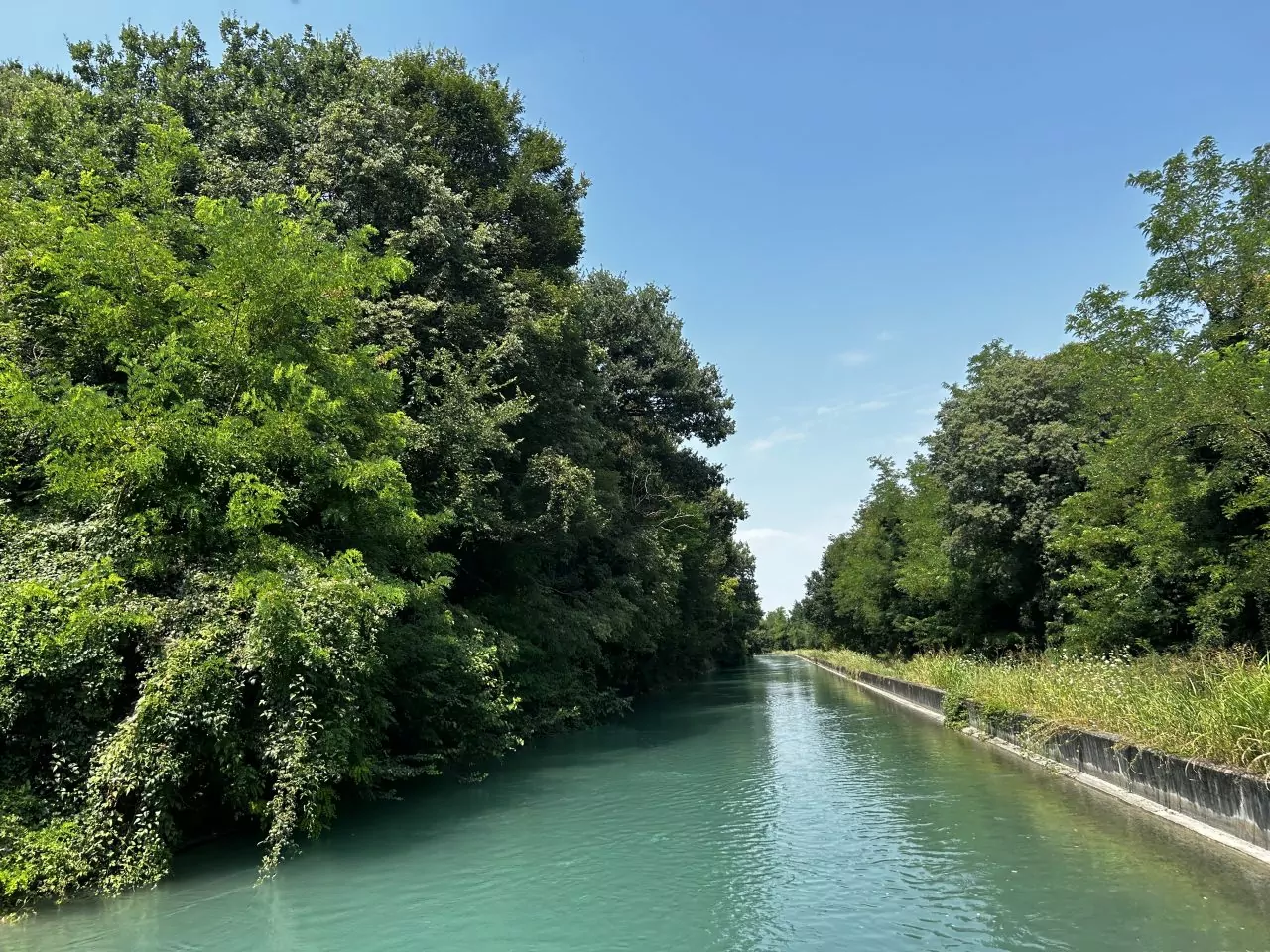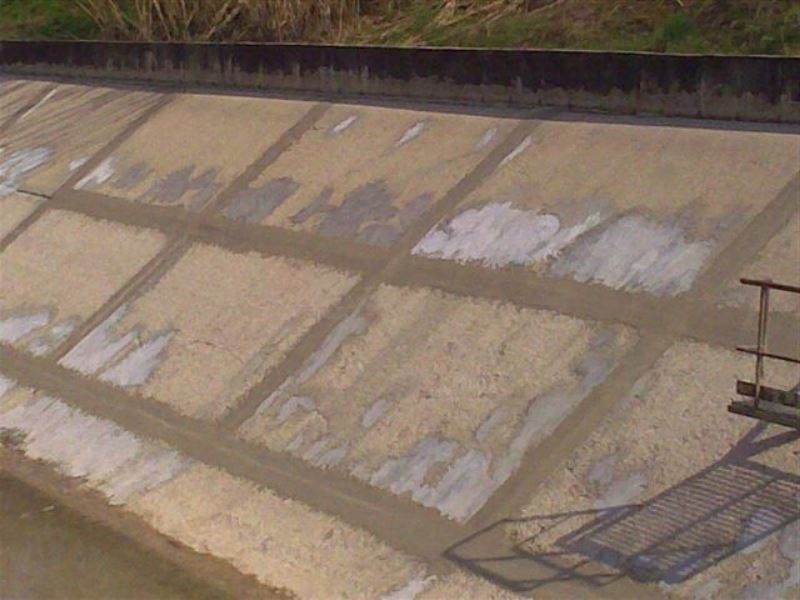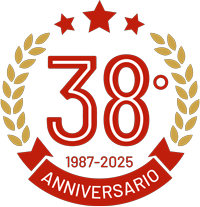The importance of irrigation canal restoration for sustainable water management

Irrigation canals play a crucial role in water distribution for agriculture, a fundamental economic resource and a key element for ecological sustainability. However, the maintenance of these infrastructures is often neglected, leading to inefficiencies that can have significant repercussions. Let's see why it's essential to recover and maintain irrigation canals in good condition, examining both economic and ecological aspects.
A well-maintained irrigation canal system ensures efficient water distribution, reducing waste and losses. Cracks, deteriorated joints, and damaged concrete can cause infiltrations and dispersions that deprive crops of precious water. Interventions such as sealing cracks and rebuilding joints are therefore fundamental to ensure that every drop of water reaches the crops.
Preventive maintenance of irrigation canals can reduce overall long-term costs. Timely and targeted repairs, such as high-pressure scarification and the application of spritz concrete, avoid major damage that would require more expensive and complex interventions. Moreover, the construction of fiber-reinforced industrial floors and the restoration of concrete portions increase the durability of structures, decreasing the frequency of necessary repairs.
Water is a limited resource, and its conservation is essential for environmental sustainability. The recovery and maintenance of irrigation canals reduce losses and promote more efficient use of water resources. This is particularly important in arid regions or areas subject to drought, where every drop of water is vital.
Deteriorated irrigation canals can contribute to soil erosion, as water escaping from cracks and damaged joints can wash away surrounding soil. Repairing structures through techniques such as resin injection and spritz concrete helps prevent erosion and maintain soil stability, thus protecting local ecosystems.
The re-alkalization of supports is fundamental to prevent concrete corrosion caused by acidification. This process not only prolongs the life of structures but also helps avoid the release of harmful materials into the environment. Protecting concrete with techniques such as cortical spritz concrete and crystallized osmotic compounds ensures that infrastructures remain safe and ecologically compatible.
Azichem, with its decades of experience, has contributed to rehabilitating countless kilometers of canals and is finalizing a specific technical manual that addresses this problem in detail. In summary, what are the main problems encountered on the construction site?

High-Pressure Scarification of Supports
One of the first steps in maintaining irrigation canals is cleaning the supports. High-pressure scarification is a technique used to remove encrustations, debris, and materials accumulated on the internal surfaces of canals. This process is fundamental to restore hydraulic capacity and prevent obstructions that could compromise water flow.
Structural Cracks and Fissures to Close
Cracks and fissures in irrigation canals represent a common problem that can lead to water losses and further structural damage. Closing these cracks is essential to maintain the canal's integrity. Techniques such as injection of epoxy resins or flexible materials can be used to effectively seal these openings.


Joints to Rebuild with Elastic Strips
Joints in irrigation canals are critical points that can deteriorate over time. Rebuilding these joints using elastic strips is an effective solution. These strips allow for some flexibility, adapting to ground movements and preventing the formation of new cracks.
Joints to Rebuild and Seal
In addition to using elastic strips, some joints require more robust reconstruction and accurate sealing. The use of specific sealing materials ensures that joints remain waterproof and resistant to water infiltrations, thus maintaining the efficiency of the irrigation system.


Concrete Portions to Restore
Deteriorated concrete portions represent another significant problem in irrigation canals. Restoring these areas is crucial to prevent further structural damage. This process may include removing damaged parts and subsequently applying new concrete, often reinforced with fibers to improve durability.
Construction of Fiber-Reinforced Industrial Floor on the Ground
To increase the resistance and longevity of canals, it's possible to construct a fiber-reinforced industrial floor on the ground. This type of floor uses reinforcing fibers integrated into the concrete, which improve tensile strength and durability, reducing the risk of cracks and other damage.


Spritz Concrete of Full Thickness on Walls
Spritz concrete, or shotcrete, is a technique used to coat the walls of irrigation canals. Applying concrete over the entire surface of the walls creates a protective layer that increases structural resistance and reduces the risk of infiltrations.
Re-alkalization of Supports
Re-alkalization is a process that aims to restore the optimal pH of concrete, often compromised by corrosion phenomena. This treatment is important to prevent further degradation and maintain the mechanical properties of the material.


Cortical Spritz Beton with Crystallized Osmotic Compounds.
Finally, spritz beton cortical with the use of crystallized osmotic compounds is an advanced technique that offers additional protection against water and other deteriorating agents. Crystallized osmotic compounds penetrate the concrete and form an impermeable barrier, significantly improving the durability of the channel.
